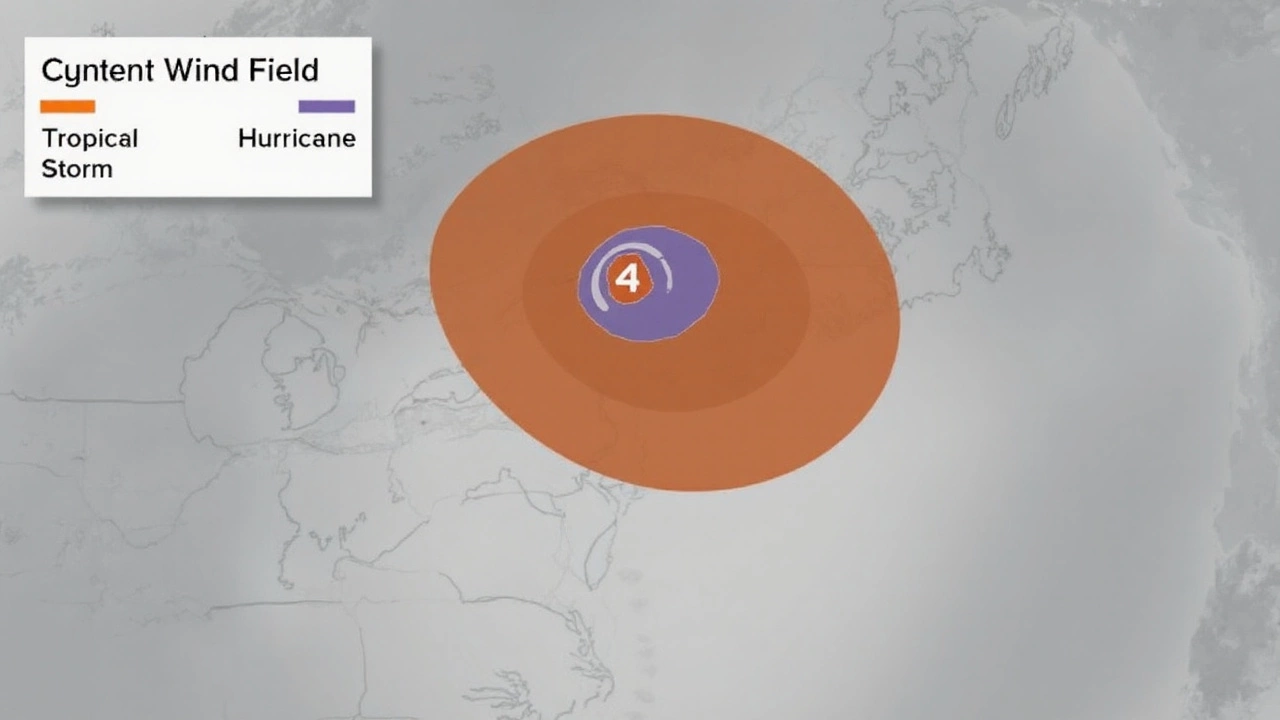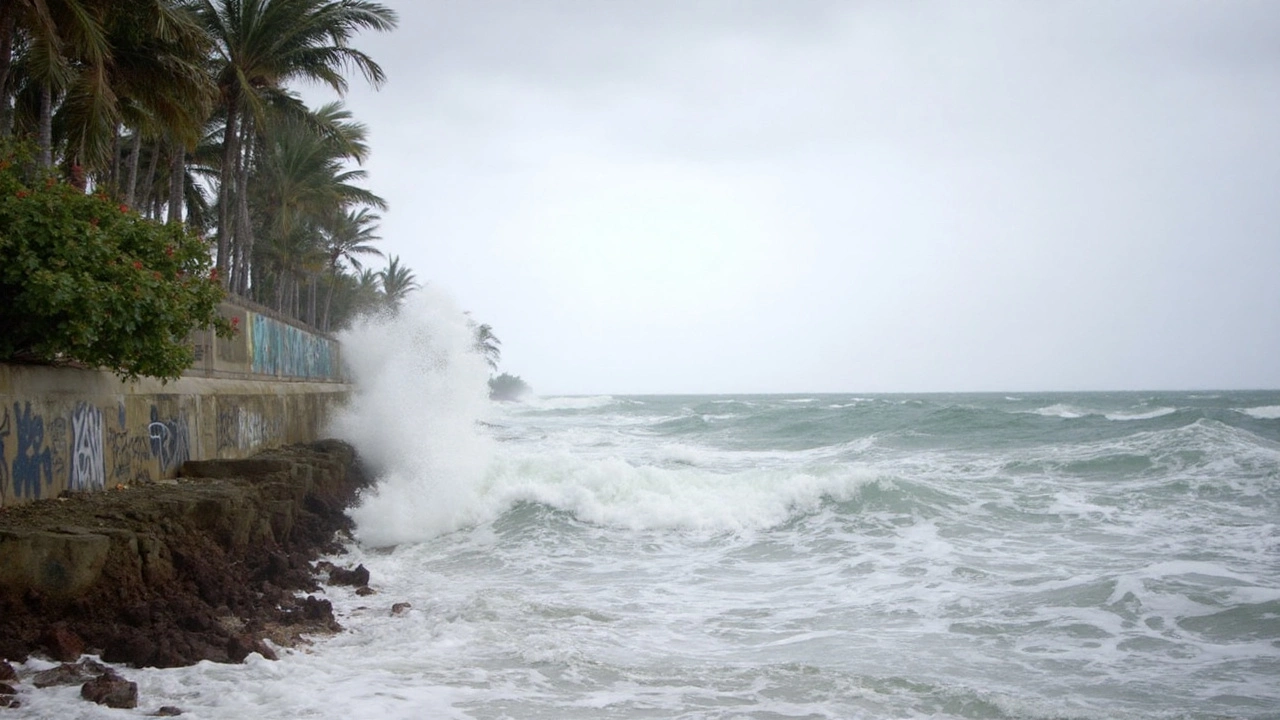Inside Hurricane Erin: Real-Time Data From the Eye of the Storm
Most people do everything possible to stay clear of hurricanes, but for the Hurricane Hunters, getting as close as it gets is part of the job. On August 16, 2025, as Hurricane Erin grew into a monster Category 5 storm, two crews—one from the Air Force Reserve’s 53rd Weather Reconnaissance Squadron and another from NOAA—took on a rare and dangerous mission. Their goal? Pierce right through the walls of Erin and collect atmospheric data that could mean the difference between chaos and safety on land.
The 53rd Squadron is no stranger to wild weather. Based at Keesler Air Force Base in Mississippi, these men and women hop into the squadron’s WC-130J Super Hercules aircraft and fly straight into the world’s worst storms. This time, Hurricane Erin wasn’t making it easy. The storm intensified fast, going from powerful to Category 5 in a short window—a level that reached only a handful of times in history. That kind of rapid change calls for urgent, spot-on information, and satellites can’t catch all the details the way the Hunters can from the inside.
So why risk flying through a hurricane’s screaming winds and blinding rain? It’s because the data they collect from inside the eye helps the National Hurricane Center (NHC) make precise forecasts about where the storm will go, how strong it will be, and what threats it will bring to coastal communities. Getting the pressure readings, wind speeds, humidity, and temperature directly from the heart of the hurricane gives a clearer, more detailed picture than anything else. This is especially true when a storm is as unpredictable as Erin, going through what’s called an eyewall replacement cycle. In plain terms, the hurricane sheds its inner eye and builds a new one, which throws its future strength and direction into question.

How Flying Through a Hurricane Saves Lives
If you’ve wondered what it’s like inside the eye of a Category 5, picture this: the plane is battered by fierce turbulence, the windows are fogged by rain, and at times, the entire aircraft shakes as it pushes through the fierce bands. The crews, however, are highly trained for this exact kind of chaos. Once they break through into the storm’s center—the eye itself—the world outside turns surprisingly calm, surrounded by a ring of towering clouds that mark the mighty edge.
From there, the teams scatter dropsondes—small instrument packs that parachute through the hurricane, radioing back updates on everything from wind speeds to temperature shifts. It’s these readings, taken directly from Erin’s core, that help give local officials the info they need to tell folks when to board up, when to evacuate, and when it might just be safe to come home.
- The WC-130J Super Hercules can handle winds most planes would never even attempt to fly through.
- Eyewall replacement cycles often cause hurricanes to suddenly weaken or strengthen, making them especially tricky to predict.
- Without the Hurricane Erin Hunter data, warning systems would be days behind and far less precise.
For families living along the Gulf Coast and Atlantic seaboard, these missions mean the warning alerts on their phones and TV screens are rooted in hard, fresh data—not just models or guesswork. Erin’s behavior, unpredictable as it was, put these crews’ skills and nerve to the test. While they might step out of their plane visibly exhausted and soaked through, their work means meteorologists can stay one step ahead of the storm—sometimes saving entire neighborhoods from disaster.

Write a comment